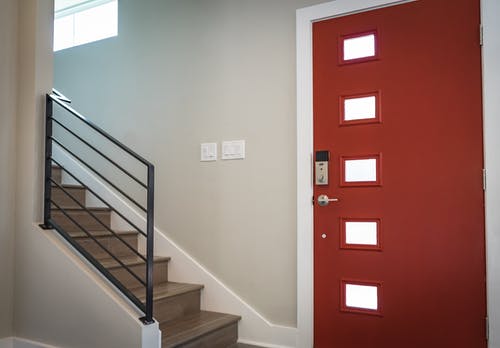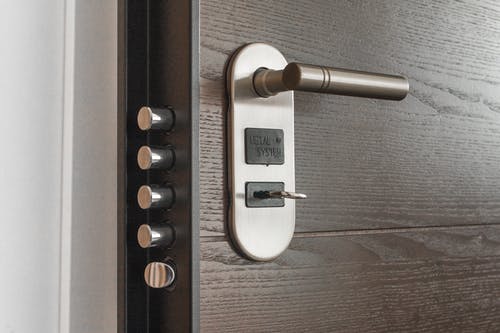The standards for door hardware might be difficult to understand and laborious. The very concept of having to recall door hardware jargon, code standards, and best practices is demoralizing in and of itself. When faced with the challenge of designing commercial or institutional buildings with thousands of openings, each requiring five to ten pieces of hardware, it might seem like a daunting endeavour to put that expertise to use.
For those who find the procedure overwhelming, below is a list of frequently used terms and gear. When it comes to choosing door hardware, there are two important steps to remember: The door should be hung and secured. You can read more at cabinet handles from Keeler Hardware.
Hanging a door often requires the use of hinges. In general, there are just a few types. The most popular options are three or five knuckles. It is common to utilize external doors with continuous hinges, which are hinges that extend the full length of the door. You must take into account the dimensions of the door as well as the weight and clearance of the hinge.Pivots distribute the weight of the door over the floor and structure, reducing the stress on the door frame. For hefty doors, pivots are necessary, or they are a personal preference.

There are many elements to the puzzle of securing openings and understanding them is a vital first step.
Locking mechanisms
When considering lock functions, it’s easy to become daunted by the sheer number of options that may be found in a catalogue — often upwards of 50. To get a head start, it’s a good idea to familiarize yourself with the 4 most common functions of a lock.
Set of passages – Door locks aren’t necessary with passage sets. It is always possible to manipulate a latch bolt using a lever from either side. The level of privacy can be adjusted. For areas like bathrooms or dressing rooms, privacy sets are employed. This type of lock is often unlocked by tools rather than keys from the inside, where a thumb turn or a push button/turn can be used for discretion. You can choose from a number of options when it comes to locks which may be ideal according to your area.

Storeroom locks – When the outside lever should be secured at all times, storeroom locks are utilized. To open the door, a key retracts the latch bolt; if the key is withdrawn, the door is locked.
Lock for the door or office – A key in the outer cylinder or a thumb turn, or push button/turn on the inner cylinder can operate them. You have the option of leaving the exterior lever locked or unlocked.
Classroom locks – The outer lever can be locked or unlocked by a key in the outside cylinder. Using the key, the lock may be left open or closed, but the door cannot be locked or unlocked from the inside. This feature was initially intended for schools to prevent children from tampering with the lock, however most new institutions include classroom security locks, office function locks, storage area locks, or electrified locks.
